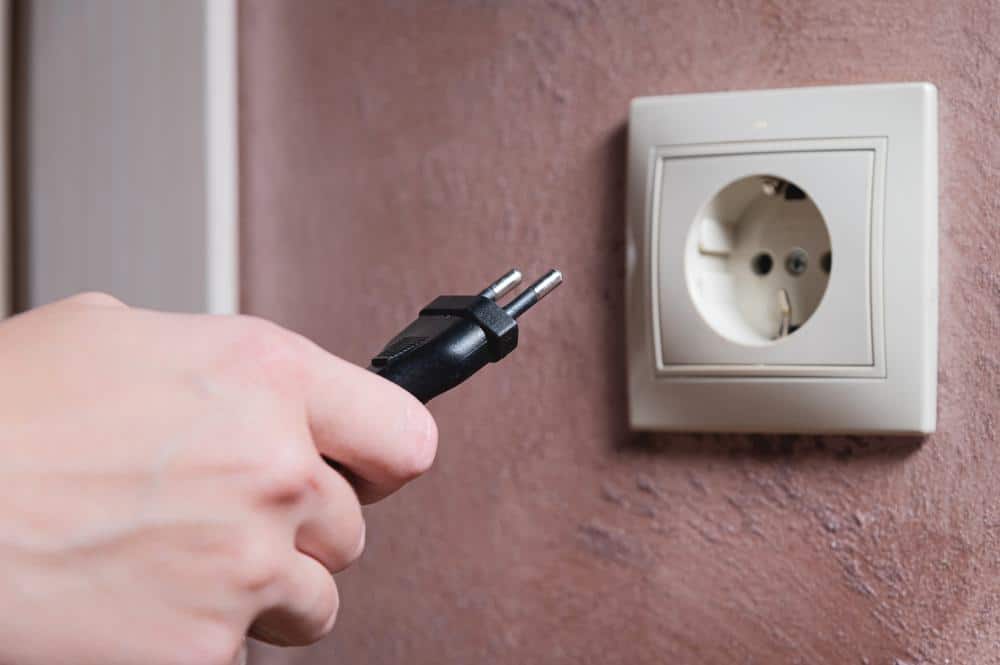
Adding an electrical outlet between two existing outlets can seem like a daunting task, especially for those who have little or no experience with electrical work. However, with the right tools, materials, and instructions, this task can be accomplished safely and effectively. This comprehensive guide will provide you with step-by-step instructions on how to add an electrical outlet between two existing outlets.
Adding an electrical outlet between two existing outlets involves turning off the power, locating the existing outlets, cutting a hole in the wall for the new outlet, running a new cable from one of the existing outlets to the new location, installing the new outlet box, wiring the new outlet, connecting the new cable to the existing outlet, installing the new outlet, and testing the new outlet. Always ensure to follow safety precautions when working with electricity. It’s recommended to hire a professional electrician if you’re not confident in your abilities.
Safety Precautions
Before we delve into the process, let’s discuss the safety precautions to take when working with electricity and installing a new outlet. Always remember to:
- Turn off the power at the main circuit breaker or fuse box.
- Use insulated tools and avoid working with electricity when your hands or feet are wet.
- Inspect all equipment, cords, and plugs for damage before use.
- Follow local electrical codes and safety rules.
- Seek professional help if unsure about any aspect of the installation.
Tools and Materials Needed
To add an electrical outlet between two existing outlets, you will need the following tools and materials:
- Electrical cable with ground (14-gauge for a 15-amp circuit)
- New outlet
- Old work electrical box
- Screwdriver
- Wire stripper
- Drywall saw
- Wire coat hanger or fish tape
- Wire connectors
Step-by-Step Guide
Step 1: Turn Off the Power
Before starting any electrical work, make sure to turn off the power at the main circuit breaker or fuse box to avoid electrical shock. Use a voltage tester to confirm that the power is off.
Step 2: Locate the Existing Outlets
Identify the two existing outlets you want to add the new outlet between. Make sure there is enough space between them to accommodate the new outlet.
Step 3: Cut a Hole in the Wall
Use a drywall saw or utility knife to cut a hole in the wall for the new outlet box. The hole should be large enough for the box to fit snugly.
Step 4: Run the Cable
Run a new cable (either 14-2 or 12-2, depending on the load you need) from one of the existing outlets to the new outlet location. You may need to drill holes in the wall studs to pass the cable through.
Step 5: Install the New Outlet Box
Insert the new cable into the outlet box, making sure the cable sheath extends about one inch into the box. Secure the box to the wall using the provided mounting screws or clips.
Step 6: Wire the New Outlet
Strip the insulation from the wires in the new cable. Connect the white (neutral) wire to a silver-colored terminal screw, the black (hot) wire to a gold-colored terminal screw, and the bare copper (ground) wire to the green screw on the new outlet. Make sure the connections are tight and secure.
Step 7: Connect the New Cable to the Existing Outlet
At the existing outlet, disconnect the wires from the outlet terminals. Splice the new cable’s wires to the corresponding wires from the existing outlet, using wire nuts or other appropriate connectors. Reconnect the spliced wires to the outlet terminals.
Step 8: Install the New Outlet
Secure the new outlet in the junction box, ensuring the wires are properly connected and folded back into the box. Attach the faceplate to complete the installation.
Step 9: Test the New Outlet
Turn the power back on at the circuit breaker or fuse box and use a voltage tester or plug in a device to ensure the new outlet is functioning correctly.
Common Mistakes to Avoid
When installing a new outlet, some common mistakes to avoid include not grounding the outlet, installing loose outlets, reversing wires, using backstab connections, not turning off the breaker, and connecting the wrong wire to the wrong terminal.
Necessary Checks for Proper Functioning
After installation, ensure the new outlet is functioning properly and safely by measuring the voltage, checking proper grounding, conducting a polarity test, inspecting the outlet cover, childproofing if necessary, and checking for signs of wear or damage.
Conclusion
While it is possible to add an electrical outlet between two existing outlets by yourself, it is always recommended to hire a professional electrician if you are not confident in your abilities. Working with electricity can be dangerous, and professional electricians have the necessary experience and tools to ensure the job is done safely and correctly. However, if you decide to take on this project, this guide will provide you with the necessary steps to successfully add an electrical outlet between two existing outlets.
Frequently Asked Questions
Can I use any type of electrical cable for this task?
No, it is important to use the correct type of electrical cable for this task. Typically, a 14-gauge wire is used for a 15-amp circuit, and a 12-gauge wire is used for a 20-amp circuit. Always ensure to use a cable that matches the circuit’s amperage.
What is the purpose of grounding an outlet?
Grounding an outlet helps to prevent electrical shock by providing a path for the electric current to follow in the event of a short circuit. The current will travel directly to the ground, rather than passing through a person and causing injury.
What happens if I connect the wires incorrectly?
Connecting the wires incorrectly can lead to a variety of issues, including electrical shock, a short circuit, or even a fire. The black (hot) wire should be connected to the gold-colored terminal screw, the white (neutral) wire to the silver-colored terminal screw, and the bare copper (ground) wire to the green screw.
What is a voltage tester and why do I need it?
A voltage tester is a device that is used to determine whether or not a circuit is live (i.e., there is electrical current flowing through it). It is crucial to use a voltage tester before beginning any electrical work to ensure that the power is off and it is safe to proceed.
Can I install an outlet anywhere on the wall?
While it is technically possible to install an outlet anywhere on the wall, there are certain safety guidelines and codes that need to be adhered to. For instance, outlets should not be installed too close to water sources or heat sources, and they should be spaced appropriately (usually every 12 feet or so) along a wall.












